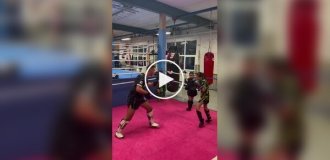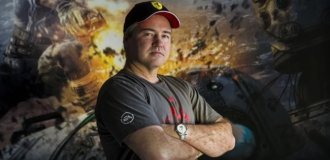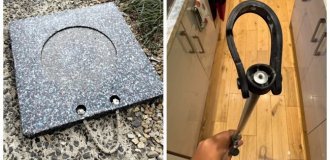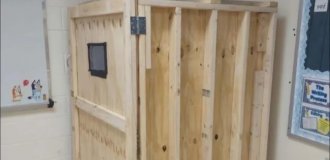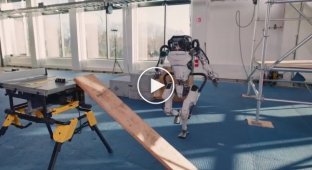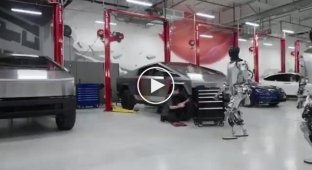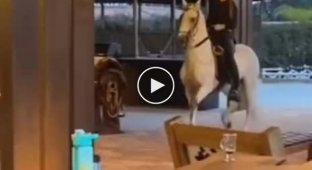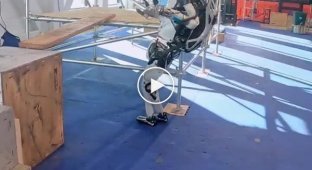Boston Dynamics showed a new model of a bipedal robot (1 photo + 1 video)
Boston Dynamics has ended 11 years of development of hydraulic-powered Atlas robots and introduced a new generation of electric humanoid robots that will be stronger and more maneuverable. The company also published a farewell video of various tests of the old version of the robot. 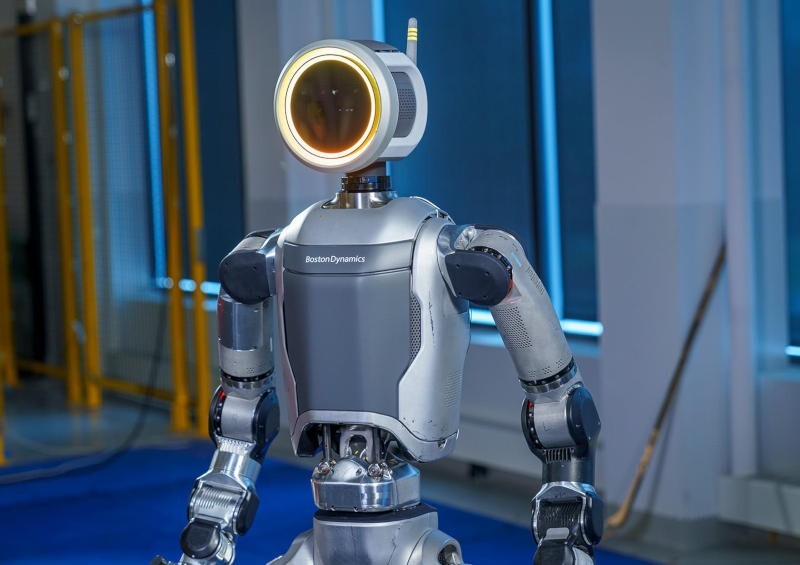
The company recalled that its customers have already achieved some success with the robotic arm Stretch and the robotic dog Spot, so the all-electric version of the humanoid Atlas will also be transferred to the category of commercial products. Boston Dynamics' first customer will be its owner Hyundai, which is currently working on a new generation of automotive production facilities that will serve as the optimal testing ground for the new Atlas. Boston Dynamics plans to establish close cooperation with clients who are in need of innovative solutions - the robot will be intensively tested and updated.
The latest generation hydraulic Atlas, the HD Atlas, had reached its limit and could not handle heavy, irregularly shaped objects. The electric version of the machine will be stronger and have a wider range of motion. A robot with advanced mechanics, Boston Dynamics notes, is only one of the elements necessary for successful commercial implementation - the creation of a holistic ecosystem with infrastructure, employee participation, the introduction of machines into work processes and safety standards is required. The robot dog Spot has already completed more than 1,500 implementation projects, and the developer is now training hundreds of companies to work together with mobile robots.
Atlas is an all-electric humanoid robot designed to solve "industry's toughest challenges." The second part of the video is a farewell to the old version.
Boston Dynamics attributes some of its most impressive achievements not to hardware, but to software technologies. The company has made progress in the areas of modeling, equipping robots with modern artificial intelligence tools, reinforcement learning and computer vision mechanisms - this helps robots work more efficiently and adapt to complex real-life situations. However, the hardware will continue to actively develop: Boston Dynamics has traditionally designed humanoid robots with legs and intends to continue moving in the same direction. The new Atlas will resemble a human, but it will be able to move beyond the human range of motion.


